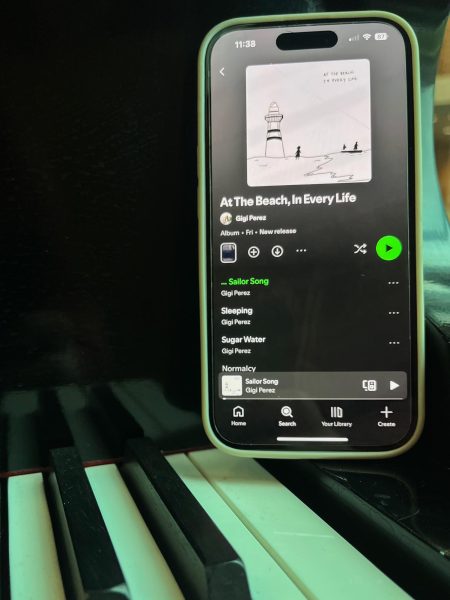Trigger warnings should always be implemented
Many of us have been through hell and back. Some of us are survivors of extreme abuse. Some of us have lived through wars. Some of us have dealt with life events that are so horrific, that the emotional wounds last for years — if they ever heal.
Talking about certain topics can be very hard no matter who you are or what your history. Rape, war, torture — topics like these can ruin anyone’s day. Yet, as college students, many of us have to learn how to talk about these subjects.
Maybe you’re an English student who is researching modern iterations of “The Wife of Bath’s Tale,” which can involve pretty graphic rape scenes. Maybe you’re a political science major who is researching the stories of individuals affected by growing up in a war zone. Maybe you’re a philosophy major discussing the ethics of torture from the victim’s perspective.
Hard topics come up, and normally I would argue that it’s the individual’s responsibility to keep their emotional reactions in check.
For example, my struggles with my PTSD left from my history of sexual abuse are my business and my responsibility. I will not blame someone else for accidentally triggering an emotional response from me — it isn’t their fault. They don’t know my history, and many of my triggers are completely innocent, everyday things that no one can avoid — let alone put a trigger warning on it.
But there are some topics that anyone could understand being a trigger. Rape, torture, war, abuse — anytime these are going to come up as an in-depth discussion, there needs to be a trigger warning.Because my personal experience comes from PTSD from sexual abuse, that’s what I’ll be focusing on. Keep in mind, though, that there are far more reasons to be aware of what might be triggering than just for those of us who are sexual abuse survivors and/or PTSD sufferers.
According to ptsd.ne.gov, up to 8% of the American population suffers or will suffer from PTSD. Speaking as one of them, I can tell you what it’s like to go into a dissociative state from a trigger. I go blank. I’m little better than a brick. At best, I’m aware of my surroundings. At worst, I “disappear.”
It’s pretty easy to understand how this can ruin my day. It’s more than just “I feel bad because this happened to me.” It’s an emotional allergic reaction.
Less than 10 percent is a pretty small number, but keep in mind that this is only PTSD I’m talking about. Survivors of horrific events can suffer from any number of unpleasant leftovers — anxiety disorders, panic attack disorders, depression, and yes, PTSD.
Putting a trigger warning on a lecture that will talk about something that may be triggering is a small thing to do. A simple mention in the class before the lecture, on the syllabus, or even in a mass email to the class can go miles and miles for those of us who have to be very careful about our triggers. Some of us will benefit from the warning and be emotionally ready to talk about whatever the topic is in class. Other’s will know that it might be useful to be late for the class or sit near a door if something triggers them during that class period.
It seems like common sense, this simple heads up, but it’s often forgotten or overlooked. This can be detrimental for those of us recovering from something traumatic.
Of course, a class on personal narratives of rape survivors would be triggering for me — I’m not saying that every bad thing needs a trigger warning. But if the topic were to be presented in a class about feminist theory where a class period or two focused on feminist reactions to sexual abuse, then a trigger warning would be helpful.
I saw almost exactly this in one of my summer courses. The teacher warned us before the section to make sure that those of us who needed the trigger warning had it. She even went above and beyond, offering links to services like counseling and safe houses after the lectures in question.
I’m not saying that everything needs to have a trigger warning on it. If you’re going to talk about the fact that 1 in 6 women will be raped in their lifetime, you probably don’t need a trigger warning. If you’re going to share the in-depth story of what exactly happened to this one person, then put a trigger warning on it. It’s a small, extra little thing to do that can save many people from huge amounts of pain.
Kjerstine Trooien is a staff writer for The Dakota Student. She can be reached at kjerstine.trooien@my.und.edu.






